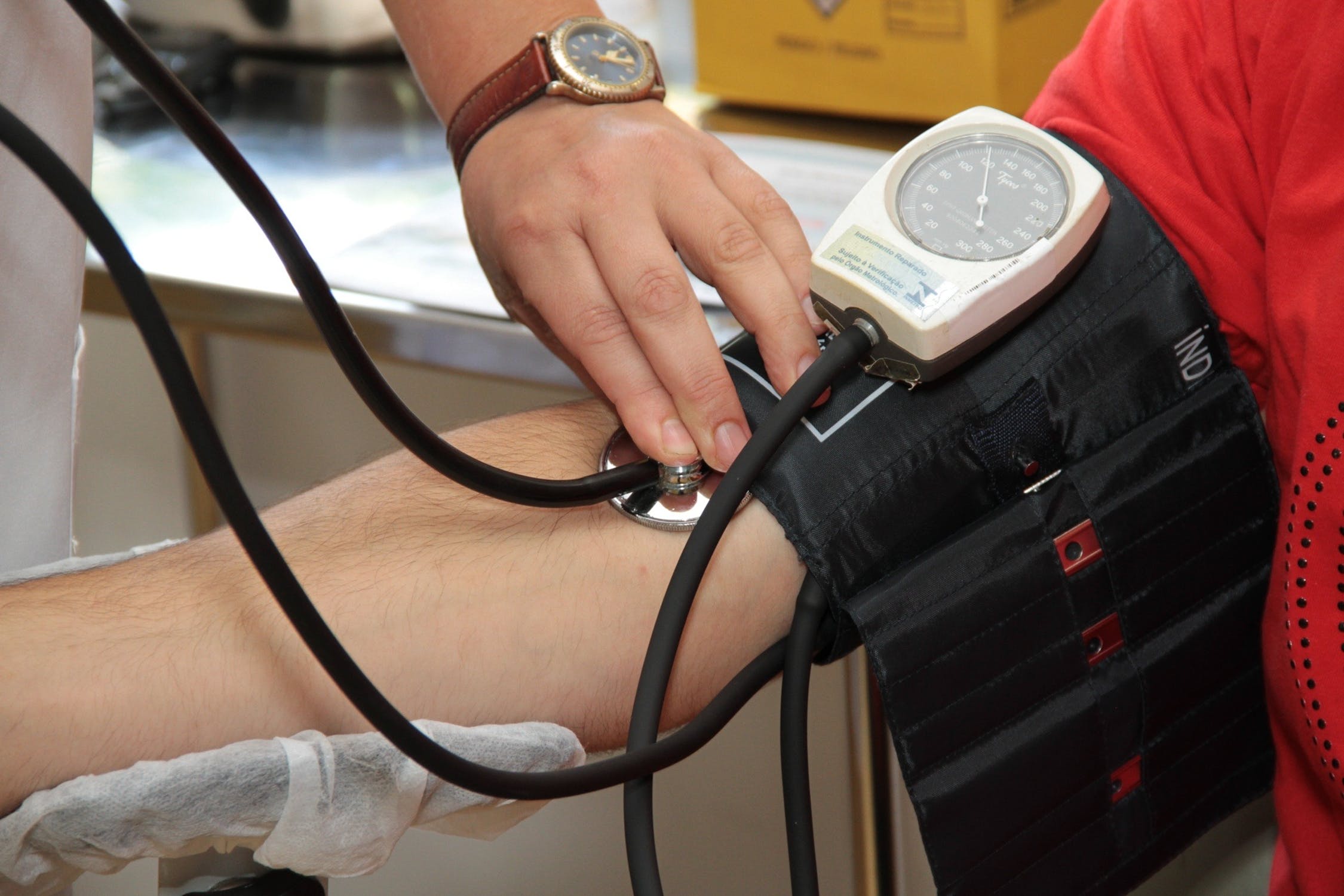Comments (1)
Robert Hickok
Excellent article

If you could turn back time (Eye of Agamotto, perhaps), and invest in the invention of the blood pressure cuff, at the very start- would you?
Before you decide, let me embellish slightly. I don’t mean investing in any given design or model of sphygmomanometer. I mean investing in ownership of the whole, methodologic innovation.
Sure, blood pressure could be measured before. It involved inserting a probe into an artery. People tend not to enjoy it, and yes, I know from first-hand experience. Like most physicians, there were times I had to put these so-called ‘A-lines’ (A for arterial) into my patients in the ICU. If they were conscious at the time, they always said “ouch” rather than “thank you,” and I was always obligated to say “I’m so sorry,” rather than “you’re welcome.”
So blood pressure was not measured routinely before the blood pressure cuff was invented. It was as “vital” then as it is a vital sign now- but it went unmeasured, and unmanaged, just the same. The effect was just what you would expect: an extremely high incidence of strokes and heart attacks that might have been prevented, and these days mostly are.
So, your investment opportunity is in the foundational innovation: the application of an external force (by any reasonable means) to interrupt blood flow through an artery non-invasively; the gradual relief of that external pressure (by any reasonable means); and the detection (by any reasonable means) of the pressure required to push blood past that point of obstruction first in pulses (systolic pressure) and then continuously (diastolic pressure). If you could go back and own a piece of THAT, knowing now that failure to measure blood pressure at essentially every clinical encounter is deemed sub-standard care, would you?
If not, I respectfully propose that investing may not be your thing. If so- I am writing to say you may have much that same opportunity.
Diet is, more or less inarguably, a vital sign. It is the single leading predictor in modern nations of life and death, longevity and vitality, and the risk of all major chronic diseases. Diet exerts its powerful and diverse influences on health across somewhat more protracted timespans than blood pressure, but is otherwise vital in all the same ways and to an even greater degree. But diet is as blood pressure once was, a vital sign unmeasured and unmanaged with dire consequences.
That will now change. At DietID we have invented the necessary response: an elegant, efficient, economical, intuitive, and user-friendly means of assessing diet type, diet quality, food and nutrient intake. We can obtain all of this information in roughly the time it takes to measure blood pressure, give or take a few seconds. The innovation in question- diet quality photo navigation – is not an adaptation of some established approach. It is a complete reimagining of how dietary intake might be captured, highly differentiated intellectual property robustly protected by patents pending, and years of accumulated tradecraft besides.
In a modern world of rampant commerce where much can be sold that no one truly needs, invention is often the “mother of necessity.” Far less often is parentage the other way around, as the original proverb contended. When it is, and innovation is progeny to some established need, the diffusion that follows is apt to be stunning. This was famously seen early in the 20th century with the advent of the automobile (for better or worse). It was seen again in our lifetimes with the advent of the Internet and email, and perhaps even more so the mobile phone.
Modern Medicine and Public Health recognize diet as a vital indicator of health status, and call out the need for its management with increasing frequency and urgency. But in medicine, as in business, we tend to manage only what we measure. The failure to manage diet is at present as much the clinical standard as it is lamented. But what should be done is no basis to elevate the standard of care until it can be done.
And now, it can be done. That, and nothing less, is what the first fundamental innovation in dietary assessment in our lifetimes represents.
Early adopters will, inevitably, adopt early. But the clamor to manage diet universally is strident, the call to innovate its measurement from multiple quarters only slightly less so. This is a case of invention responding to established necessity, a case in which innovation is poised to diffuse far and wide. Once we can measure the vital, we are soon expected, and then required, to do so; it becomes the new standard of care.
Diet ID™ is to dietary intake what the advent of the blood pressure cuff was to blood pressure. The implications follow. As for the opportunity, it is right now. Time travel not required.
Those wanting more information should visit: https://dietid.com/
Excellent article
David L. Katz, MD, MPH, FACPM, FACP, FACLM, is the Founding Director (1998) of Yale University’s Yale-Griffin Prevention Research Center, and former President of the American College of Lifestyle Medicine. He has published roughly 200 scientific articles and textbook chapters, and 15 books to date, including multiple editions of leading textbooks in both preventive medicine, and nutrition. He has made important contributions in the areas of lifestyle interventions for health promotion; nutrient profiling; behavior modification; holistic care; and evidence-based medicine. David earned his BA degree from Dartmouth College (1984); his MD from the Albert Einstein College of Medicine (1988); and his MPH from the Yale University School of Public Health (1993). He completed sequential residency training in Internal Medicine, and Preventive Medicine/Public Health. He is a two-time diplomate of the American Board of Internal Medicine, and a board-certified specialist in Preventive Medicine/Public Health. He has received two Honorary Doctorates.
Leave your comments
Post comment as a guest